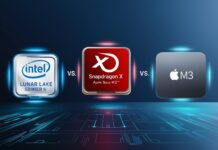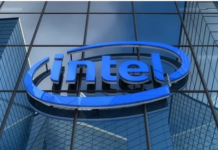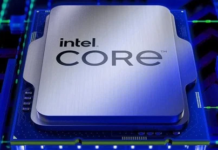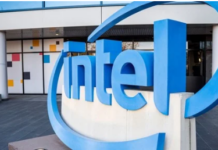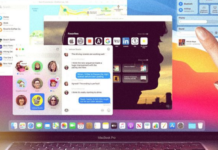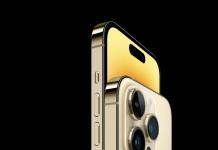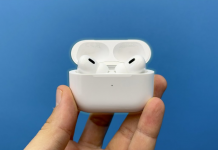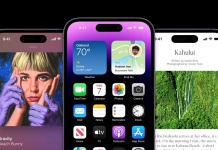SpaceX, Elon Musk’s company that operates the largest constellation of satellites designed to provide internet connection in areas not served by traditional solutions, has taken an important step in the development of its “direct-to-cell” technology. After the launch that took place six days ago, the first positive feedback on the functioning of this interesting solution arrives.
Recall that the January 4 mission carried 21 satellites into orbit, six of which are new generation, i.e. capable of offering the technology called “starlink-to-cellphone connectivity”. This uses a combination of satellites and ground-based cell towers to provide connectivity to cellphones.
The company announced that it has successfully tested the communication between two LTE smartphones using the frequency spectrum of the T-Mobile carrier, completely bypassing the need to use a Starlink terminal, which as known is composed of a dish and a proprietary router. SpaceX said that the data connection will be limited to a total speed of between 2 and 4 megabits per second, and apparently the first data exchange took place successfully, as reported by the company on X.
SpaceX’s direct-to-cell technology is still in its infancy, but it’s very promising. Although it is still very slow, according to the company it will be able to reach speeds of up to 100 megabits per second in the future. At that point, the service may also be able to rival ground-based cell tower solutions, and carriers will need to make agreements to offer support.
SpaceX plans to launch hundreds of direct-to-cell Starlink satellites during 2024, with the goal of offering text services later that year and voice, data, and Internet of Things (IoT) services in 2025. At the moment, tests are only underway with the U.S.-based T-Mobile, but Musk’s company also plans to collaborate with other telecommunications providers to offer the same service.


